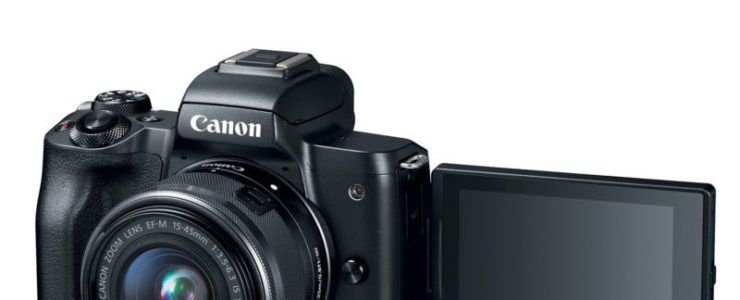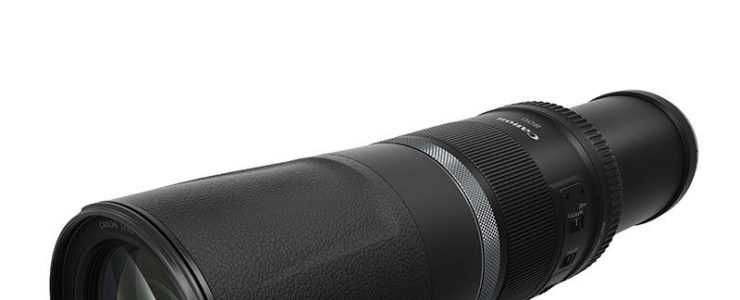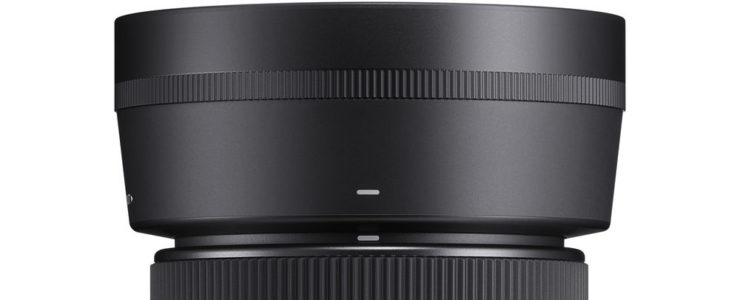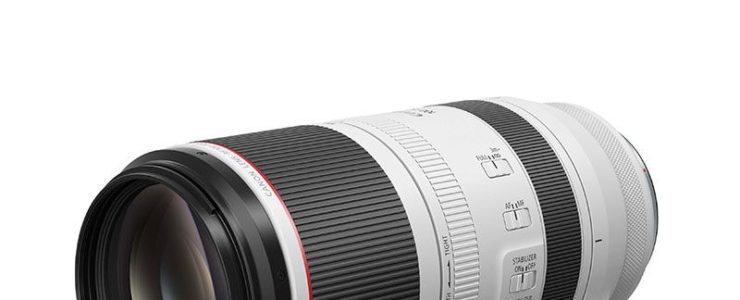What motivated Sigma to release this advisory, have there been issues with EF mount lenses on the Canon EOS R5?
However, Sigma “verified the operation with our SIGMA GLOBAL VISION (SGV) interchangeable lenses (Contemporary, Art, and Sports lines) for Canon EF mounts used on the“ Canon EOS R5” with Canon’s mount adapter “EF-EOS R Series”, and confirmed that there were no problems with general operations such as AE, AF, and image stabilization”. Good to know.
Sigma advisory:
Operating conditions of SIGMA’s lenses for Canon EF mount with the Canon EOS R5
Thank you for purchasing and using our products.
We would like to share the results of our investigation regarding the operation of SIGMA’s lenses for Canon EF mount, when used on the Canon EOS R5.
We have verified the operation with our SIGMA GLOBAL VISION (SGV) interchangeable lenses (Contemporary, Art, and Sports lines) for Canon EF mounts used on the“ Canon EOS R5” with Canon’s mount adapter “EF-EOS R Series”, and confirmed that there were no problems with general operations such as AE, AF, and image stabilization.
Please note the following points when using our products.
1. For SGV interchangeable lenses released before 2017* , it is necessary that the lens firmware is updated to Ver.2.00 or later.
* The release year can be confirmed by the edition number (A017, C015, etc.) engraved on the lens barrel.
Please refer to the following page for details of the lens firmware.
https://www.sigma-global.com/en/download/lenses/firmware/
2. After setting the Digital Lens Optimizer to [OFF], set the “Peripheral Illumination Correction”, “Chromatic Aberration Correction”, and “Distortion Correction” of the “Lens Aberration Correction” function to [ON] to achieve the appropriate corrections in accordance with the optical characteristics of each lens.
3. AF can be used within the area of approximately 80% of the height and 80% of the width of the sensor surface.
4. For lenses without an OS (Optical Stabilizer) mechanism, the in-camera image stabilization can not be used when the Full-time MF setting is set to “Full- time MF ON” via SIGMA Optimization Pro. When using in-camera image stabilization, please set the Full-time MF setting to “Full- time MF OFF”.
* The default Full- time MF setting is “Full- time MF OFF”.
5. Image stabilization does not work optimally with interchangeable lenses which are not from the Contemporary, Art or Sports line. Please turn off the camera’s Image stabilization setting, or turn off the OS switch for lenses equipped with an OS (Optical Stabilizer) mechanism when using.
6. For interchangeable lenses which are not from the Contemporary, Art or Sports lines, using MF is recommended, since it may be difficult to achieve sufficient focusing speed and accuracy when AF is used.
For further information, please contact your nearest authorized SIGMA subsidiary / distributor.
https://www.sigma-global.com/en/about/world-network/
We appreciate your continued support for our company and products.






